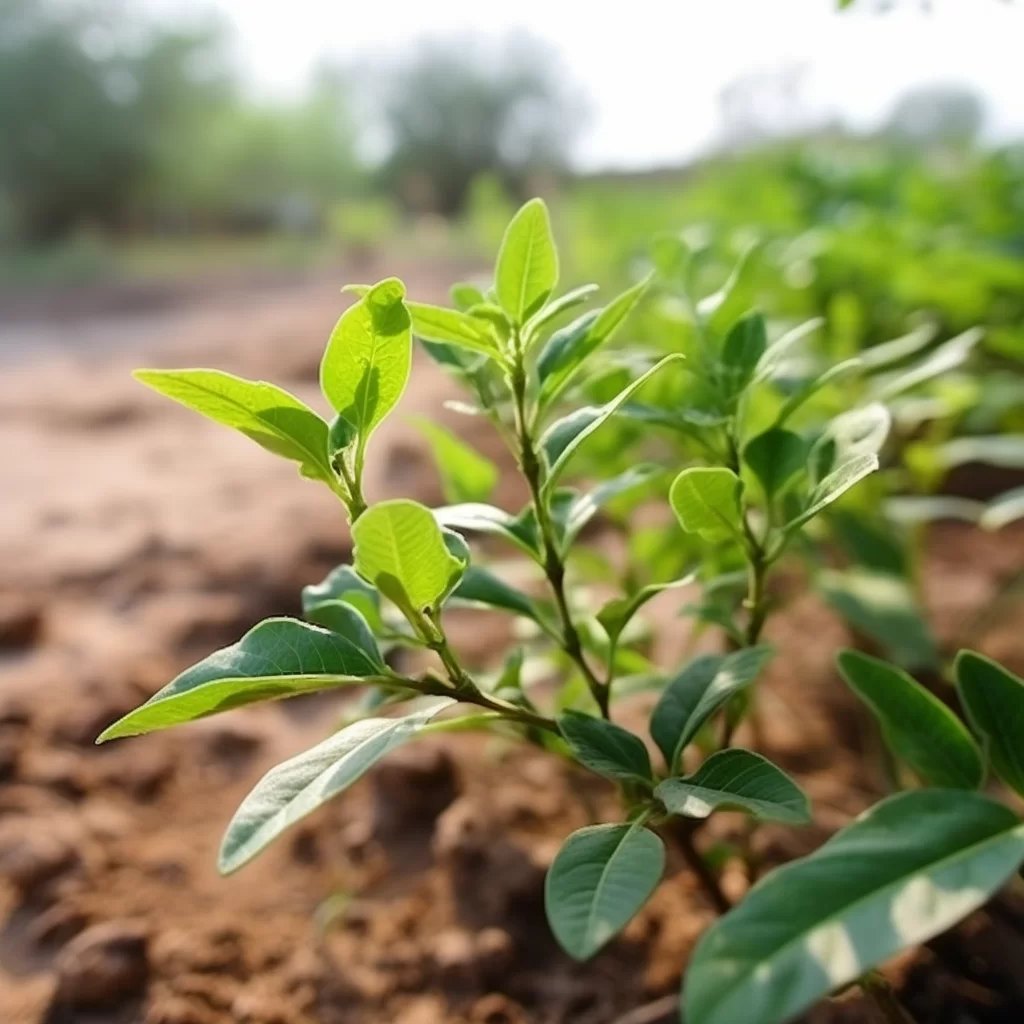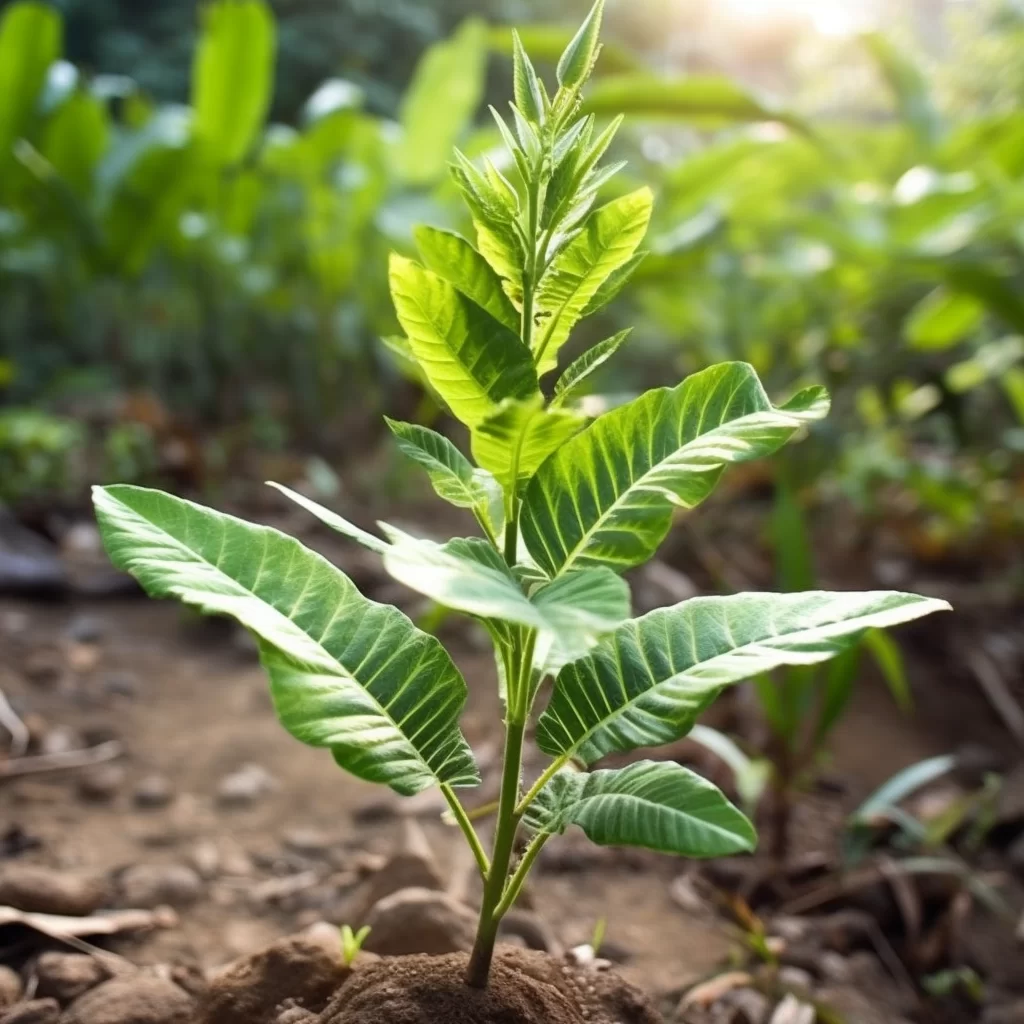Story of Day :
Contents
The Pudina Plant: A Complete Guide and Care Tips
If you’re looking for a plant that’s easy to care for and has a variety of uses, the pudina plant is an excellent choice.
Also known as mint, this herb has been used in cooking and medicine for centuries.
In this article, we’ll explore everything you need to know about growing and caring for pudina plants.
What is Pudina?
Pudina (Mentha spp.) is a genus of plants in the Lamiaceae family that includes over 20 species of mint.
These aromatic herbs are native to Europe, Asia, Africa, and North America.
The most commonly cultivated varieties include peppermint (Mentha x piperita), spearmint (Mentha spicata), apple mint (Mentha suaveolens), pineapple mint (Mentha suaveolens variegata), and chocolate mint (Mentha x piperita ‘Chocolate’).Pudina leaves are known for their refreshing aroma, which can be attributed to the presence of a special oil called menthol.
This oil is responsible for the cooling sensation that pudina leaves provide when they come in contact with our skin or when consumed orally.
It is this unique combination of fragrance and cooling properties that makes pudina an essential ingredient in several beauty and healthcare products. Apart from its enticing scent and soothing feel, the menthol oil found in pudina has numerous health benefits as well.
Apart from its enticing scent and soothing feel, the menthol oil found in pudina has numerous health benefits as well.
It has been used for centuries to aid digestion, ease stress and anxiety, relieve headaches and muscle pains, alleviate respiratory issues such as congestion and coughs, among others.
With its versatility of use – be it in teas or topical creams – it’s no wonder why many people consider pudina to be one of the most valuable plants out there!
Growing Pudina Plants
- Choose the Right Location: Mint prefers moist soil with partial shade but can withstand full sun exposure if given sufficient water.
- Select Appropriate Soil: One that’s well-draining neutral pH soil works best.
- Sow Seeds or Propagate Cuttings:Mint spreads rapidly so plant them at least one foot apart from each other.
- Careful watering:Mint thrives in moist conditions but avoid over-watering as it can lead to root rot.
- Fertilize: Mint does not require much fertilization.
Use compost or organic matter sparingly every few months during the growing season.
Caring for Pudina Plants

- Prune leaves regularly: Harvest frequently to promote bushier growth and prevent leggy stems.
Pinch off the tips periodically to encourage branching.
- Maintain soil moisture: Water regularly, and ensure that there is adequate drainage so that roots do not become waterlogged.
- Pest control: Mint plants are relatively resistant to pests but keep an eye out for aphids, spider mites, and whiteflies.
Remove infected leaves as soon as you spot them and use insecticidal soap if necessary.
The Uses of Pudina Plant
There are numerous ways in which mint is used in everyday life from cooking to medicinal purposes.
Here are some uses of pudina plant:-
- Culinary Uses: Mint adds flavor to a variety of dishes such as teas, salads, chutneys etc.. Additionally use fresh mint leaves for garnishing desserts or drinks like mojito’s, pina coladas etc..
 Mint has been used for thousands of years as a natural remedy due to its numerous healing properties.
Mint has been used for thousands of years as a natural remedy due to its numerous healing properties.
It’s particularly effective at easing digestive issues by encouraging the secretion of digestive juices, which can help to alleviate indigestion and bloating.
This versatile herb also has anti-inflammatory properties that can relieve allergy-related inflammation, making it a popular choice during allergy season.
In addition, mint is an excellent decongestant that can clear up stuffy nasal passages when you’re suffering from colds or the flu.
Furthermore, chewing on mint leaves regularly can provide fresher breath and improve oral hygiene.When it comes to relieving headaches caused by stress or tension, mint is also an excellent choice.
Its cooling effect helps ease tension in the muscles and promote relaxation in both the mind and body.
Whether you’re feeling anxious or simply need a little pick-me-up throughout your day, taking advantage of the benefits that this powerful herb has to offer could make all the difference!Mint is an amazing herb that is not only useful in the kitchen but also for home remedies.
You can use mint leaves to create DIY facial toners and masks, which are great for rejuvenating your skin and giving it a natural glow.
Additionally, you can extract essential oils from the leaves to make your own perfume or aromatherapy products.
Mint is also a fantastic natural air freshener due to its refreshing scent, making it an excellent alternative to chemical-based air fresheners that contain harmful ingredients.The versatility of mint as a home remedy makes it an essential item in every household.
Its soothing properties help ease indigestion and bloating while its anti-inflammatory compounds provide relief from headaches and muscle pain.
Moreover, mint is rich in antioxidants which help boost immunity and protect against various illnesses.
So whether you’re looking for ways to improve your skincare routine or seeking alternative solutions for common health issues, incorporating mint into your daily life could be beneficial!
Conclusion
In conclusion, growing and caring for pudina plants can be a rewarding experience as it requires little effort while providing you with multiple benefits.
Mint’s versatility makes it an attractive option for gardeners and herb enthusiasts alike.
Following the tips outlined in this article will ensure that your mint plant will thrive, giving you years of enjoyment.